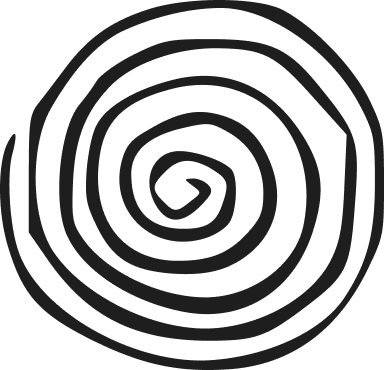Explore
-
Look before you work
I had a Labrador that was fearless about jumping into the water. No matter what body of water it was, she would launch herself into it, seemingly without checking the depth or anything in a blissful trust of the water. Of course, we’d all love to have that total trust as we start a project…
-
Back to Qwerty
A few months ago I began a journey to learn Colemak. Yesterday I switched back to Qwerty. There were a number of reasons I stepped off my adventure into Colemak, but perhaps its better to start at the why I began that journey. The luxury of trying In my job I have the luxury of…
